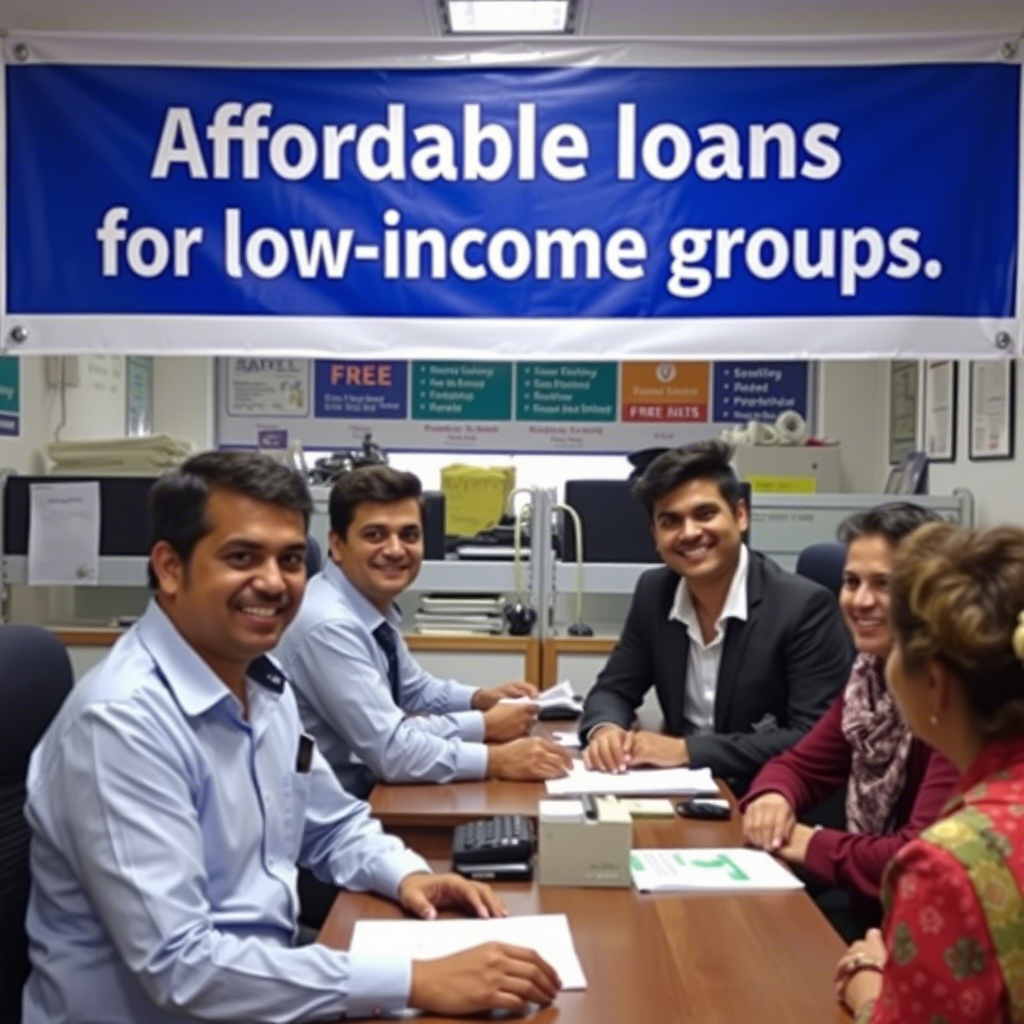Cost Optimizing by Providing Affordable Housing for Lower Income Group (LIG)
The Growing Need for Affordable Housing in India
Introduction
Affordable housing has emerged as one of the most pressing challenges for developing nations like India. As urbanization accelerates, millions of families are left grappling with inadequate shelter, poor living conditions, and skyrocketing property prices. According to data from 2013, India faced a shortage of 30 million homes, with nearly 99% of this deficit affecting families earning less than ₹2 lakhs per year—primarily those classified under the Economically Weaker Sections (EWS) and Lower Income Groups (LIG). Compounding this issue is the alarming rise in slum populations, which stood at 65 million in 2011 and was projected to reach 104 million by 2017. With over 31% of India’s population residing in urban areas, the demand for affordable housing has never been more urgent. This article delves into the multifaceted aspects of affordable housing in India, exploring its definition, challenges, and potential solutions.

Understanding Affordable Housing: A Global Perspective
Defining Affordability
Affordable housing refers to dwellings that are accessible to individuals or families within specific income brackets, ensuring they can live comfortably without compromising on other essential needs. Globally, the U.S. Department of Housing and Urban Development (HUD) defines affordability as spending no more than 30% of a household’s annual income on housing costs. Households exceeding this threshold are considered “cost-burdened,” often struggling to afford necessities such as food, healthcare, education, and transportation.
In India, the Ministry of Housing and Urban Poverty Alleviation (MHUPA) established a Task Force on Affordable Housing in 2008 to address these concerns. The task force defined affordable housing based on two key parameters: the size of the dwelling unit and the household income of the target population. For instance, EWS households typically require units measuring up to 30 square meters, while LIG households need slightly larger accommodations ranging between 30-60 square meters. These definitions align with the amended guidelines issued by the Jawaharlal Nehru National Urban Renewal Mission (JNNURM), which emphasizes the importance of tailoring housing policies to meet diverse socio-economic needs.
The Role of Security of Tenure
Beyond mere physical structures, affordable housing also encompasses the concept of “security of tenure.” As highlighted in the RICS Report on Making Urban Housing Work in India, sustainable urban housing must ensure that residents have legal rights to occupy their homes. This not only provides stability but also empowers communities to invest in improving their living environments. Without secure tenure, families remain vulnerable to eviction, exploitation, and unsafe living conditions—a reality faced by millions in informal settlements across India.
For further insights into global perspectives on affordable housing, you can explore resources from organizations like Habitat for Humanity and UN-Habitat .
Challenges Facing Affordable Housing in India
Rapid Urbanization and Land Scarcity
India’s rapid urbanization has exacerbated the affordable housing crisis. With cities expanding faster than infrastructure development, land scarcity has become a significant obstacle. Prime real estate is often monopolized by high-income groups, leaving little room for low-cost housing projects. Additionally, bureaucratic hurdles, lengthy approval processes, and zoning restrictions further delay the construction of affordable units.
Financial Constraints and Market Dynamics
Another major challenge lies in financing affordable housing initiatives. While government schemes like Pradhan Mantri Awas Yojana (PMAY) aim to provide subsidies and incentives, many developers find it financially unviable to build for EWS and LIG segments due to thin profit margins. Moreover, banks and financial institutions are often reluctant to extend loans to low-income borrowers, citing higher risks associated with repayment capacity.
Infrastructure Deficits
The lack of basic amenities such as water supply, electricity, sanitation, and open spaces poses additional barriers to creating livable urban environments. Slums, which house a significant portion of India’s urban poor, often lack access to these essentials, perpetuating cycles of poverty and marginalization. Addressing these deficits requires coordinated efforts between central and state governments, private stakeholders, and civil society organizations.
To learn more about the challenges of urbanization and housing, visit World Bank Urban Development and Centre for Policy Research .
Potential Solutions and Innovations
Leveraging Technology and Innovation
Technological advancements offer promising avenues for addressing the affordable housing gap. Prefabricated construction techniques, for example, reduce building time and costs significantly. Similarly, green building practices can lower long-term maintenance expenses while promoting environmental sustainability. Startups and tech-driven platforms are increasingly playing a role in streamlining processes, from land acquisition to project execution.
Public-Private Partnerships (PPPs)
Collaboration between the public and private sectors is critical to scaling affordable housing projects. PPP models enable governments to leverage private sector expertise and capital, ensuring efficient resource utilization. Successful examples include partnerships under PMAY, where developers receive tax benefits and subsidies in exchange for constructing affordable units.
Community Participation and Empowerment
Engaging local communities in planning and decision-making fosters ownership and accountability. Self-help group models, where beneficiaries contribute labour or savings toward housing projects, have proven effective in several Indian states. Such participatory approaches not only enhance project outcomes but also strengthen social cohesion.
For innovative solutions and case studies, check out platforms like Housing.com and Smart Cities Mission .
Conclusion: Building a Sustainable Future
Affordable housing is not just a matter of providing four walls and a roof; it is about fostering dignity, security, and opportunity for every individual. In India, bridging the housing gap will require a multi-pronged strategy involving policy reforms, technological innovation, and inclusive governance. By prioritizing affordability, accessibility, and sustainability, we can create urban landscapes that cater to all sections of society. As the nation strives toward achieving its vision of “Housing for All,” collaboration among stakeholders remains paramount. Together, we can transform the dream of affordable housing into a tangible reality for millions of Indians.
For more information on ongoing initiatives and research, refer to authoritative sources such as Ministry of Housing and Urban Affairs and National Institute of Urban Affairs .
